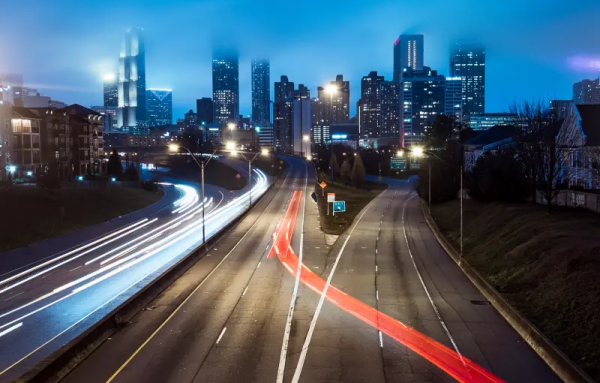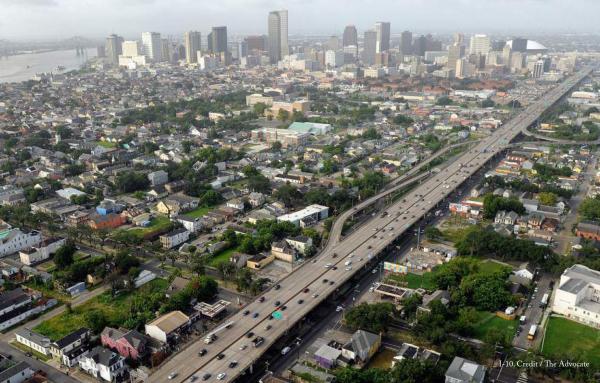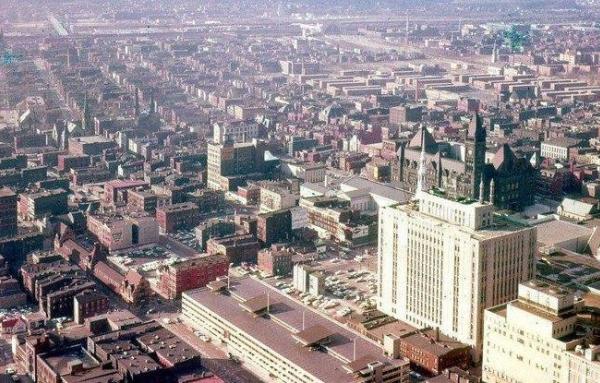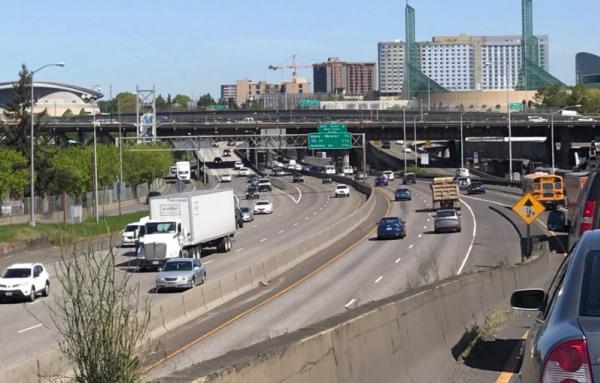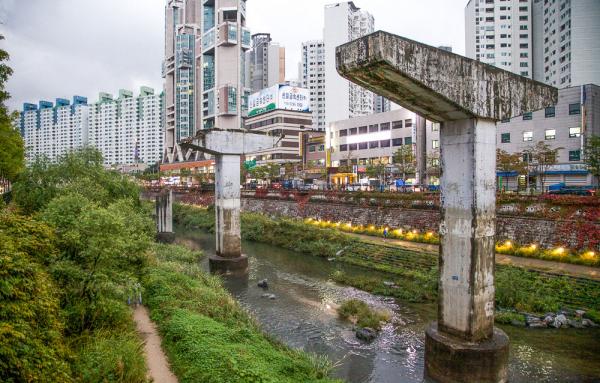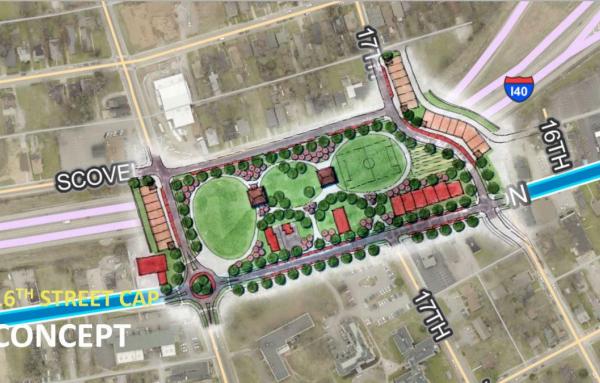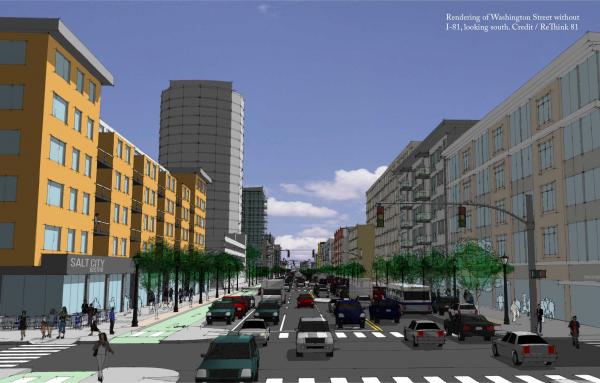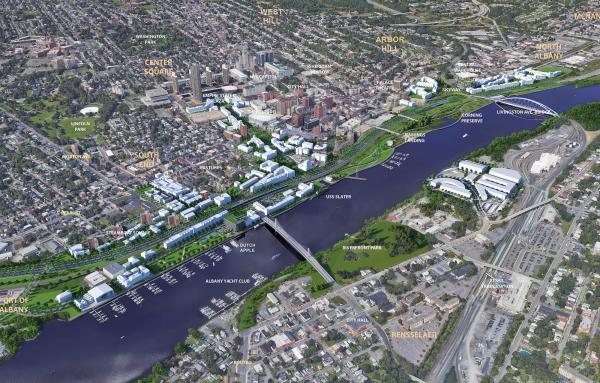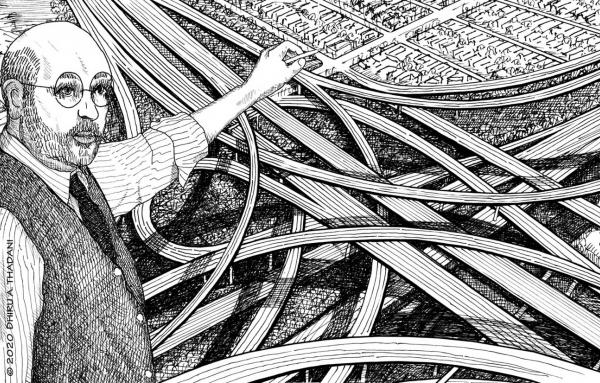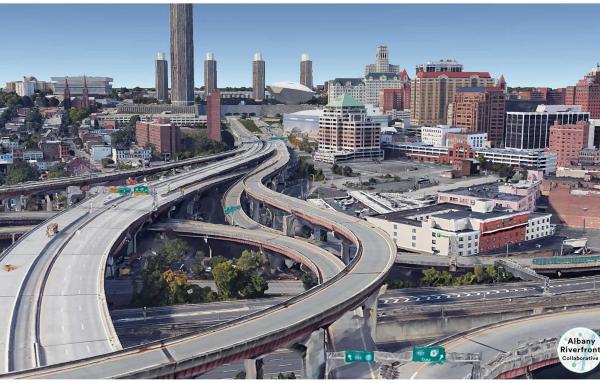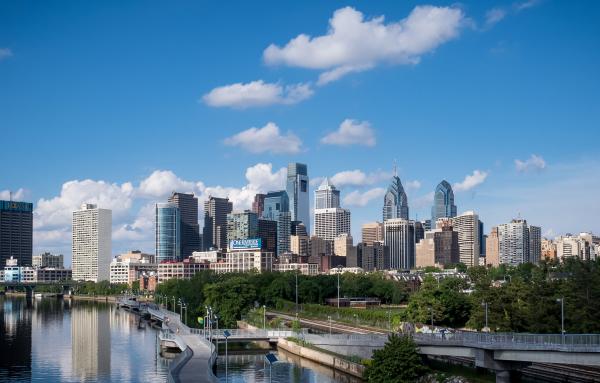Freeway transformation
Entrenched state departments of transportation dedicated to highway building threaten to capture Reconnecting Communities grant funds to continue harm — not undo it.
As freeway removal gains national recognition and funding from the federal government, it's time to look at some of our most nominated freeways for CNU’s Freeways Without Futures report and where they are today.
Activists and designers have envisioned an alternative to a monstrous highway expansion that is advancing relentlessly through the political process in Cincinnati and Northern Kentucky.
The halting of three in-city freeway expansions highlights a new momentum on reversing the damage of highways through urban areas.
Today’s local freeway fighting campaigns are not without precedent. Explore eight projects that serve as inspiration for the highways-to-boulevards movement in cities today.
CNU led visioning sessions sponsored by US DOT in four cities in 2016, representing a landmark recognition of the wrongs committed in the name of in-city highway building.
The CNU-supported network tracks more than 60 local freeway fighting efforts, coordinates collective action, and supports a shift toward multimodal transportation systems.
The recently passed New York State budget allocates major funds to further in-city highway removal in the Upstate cities of Syracuse, Albany, Rochester, and Buffalo. All projects have been highlighted by CNU in recent years.
Re-Envision Albany is a compelling vision to transform an unnecessary freeway into a boulevard with green space and equitable development. Albany Riverfront Collaborative won a Merit Award in the Emerging Project category of CNU's 2022 Charter...
There is an abundance of in-city highways in the US that need to be demolished, buried, or capped so that neighborhoods can be made whole again.
It’s hard to imagine a highway that damages a city more, and serves a less noble purpose, than Interstate 787 in Albany, New York’s capital. This highway segment does not carry Interstate through traffic—it was built so state workers and legislators...
To federal government this week adopted a roughly $1 trillion infrastructure bill (the Infrastructure Investment and Jobs Act), which is going to pay for a lot of machines moving dirt over the next few years. To what extent will they make better...
